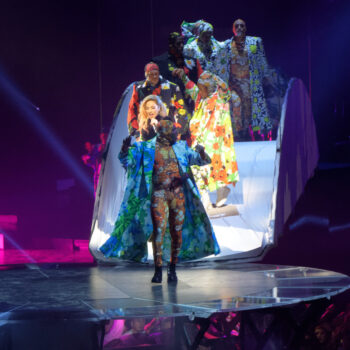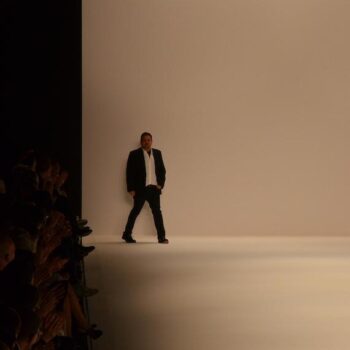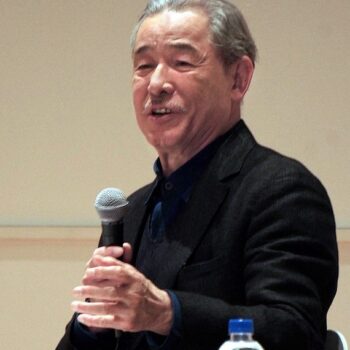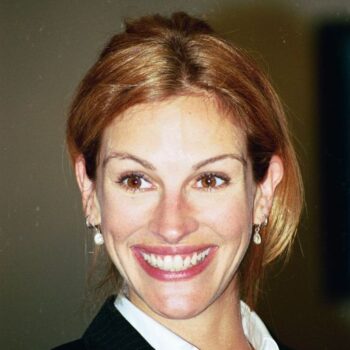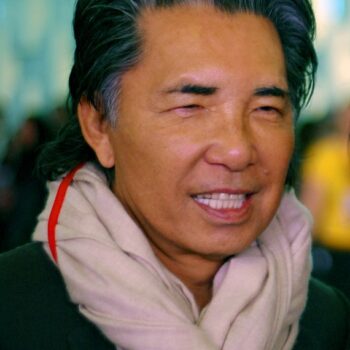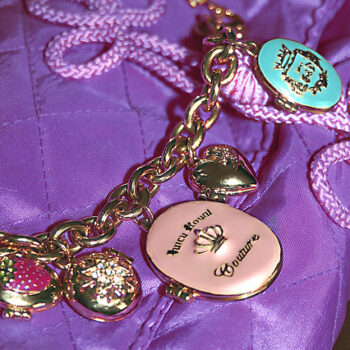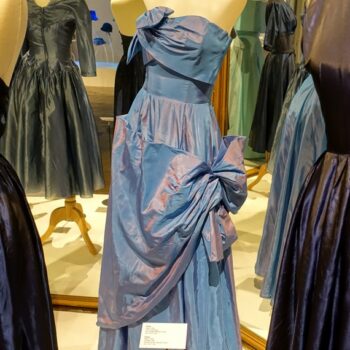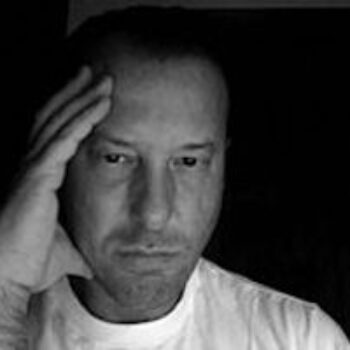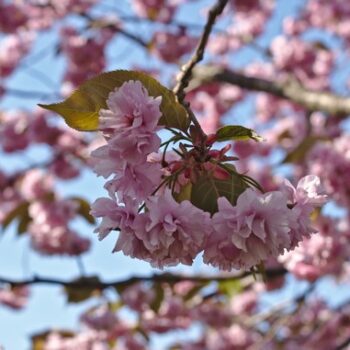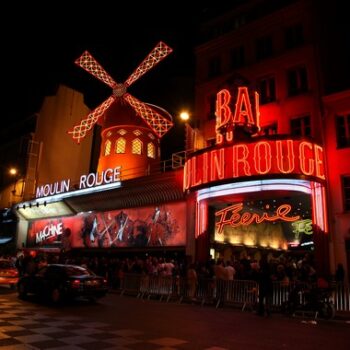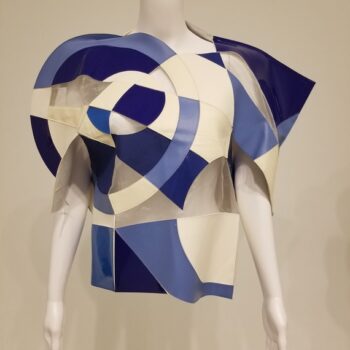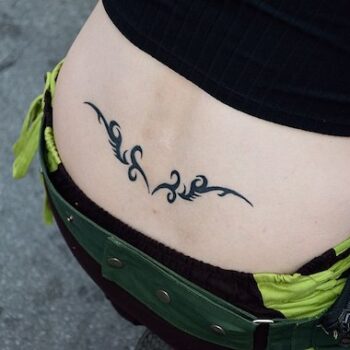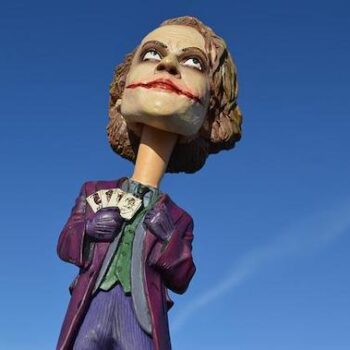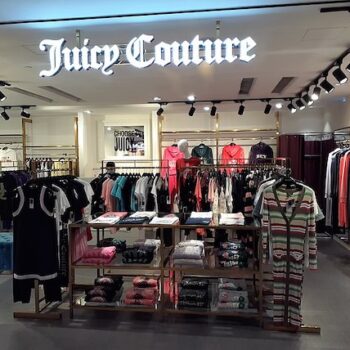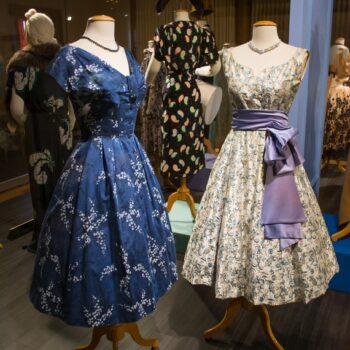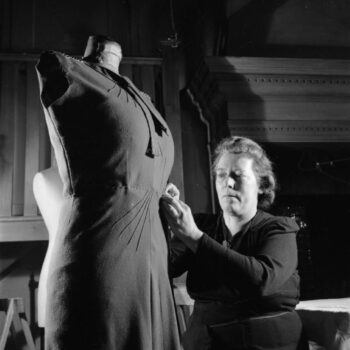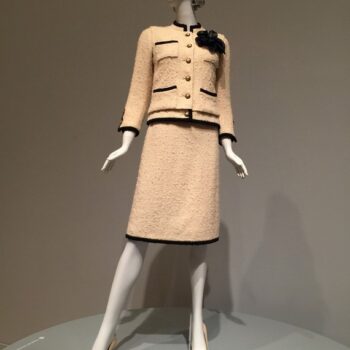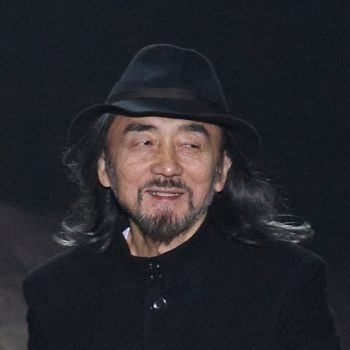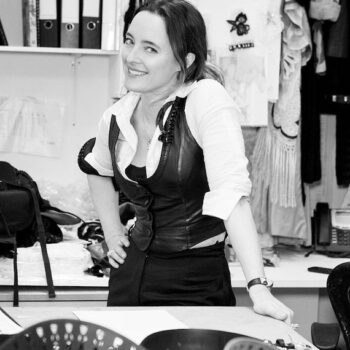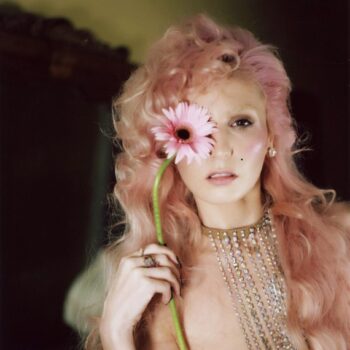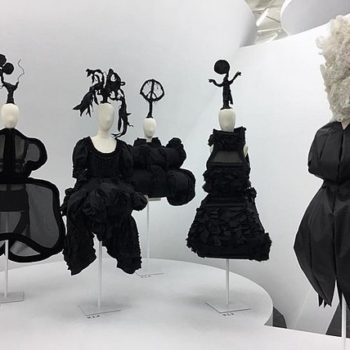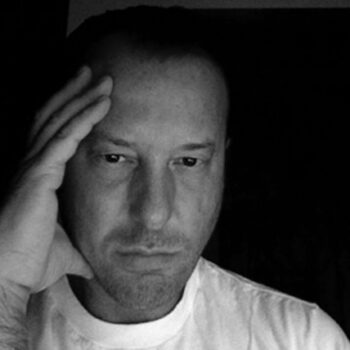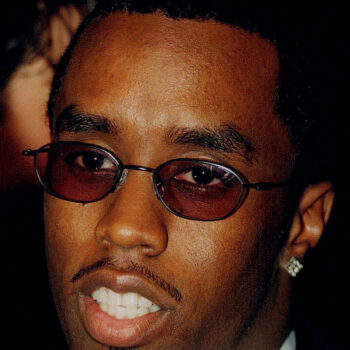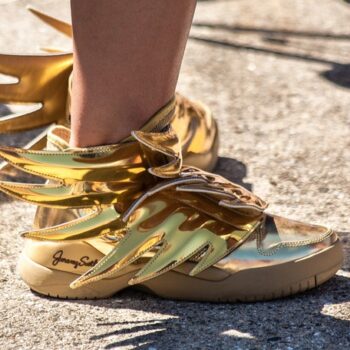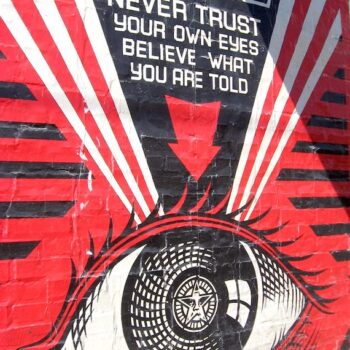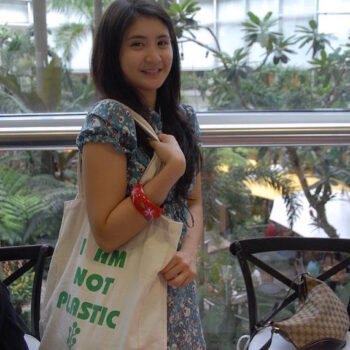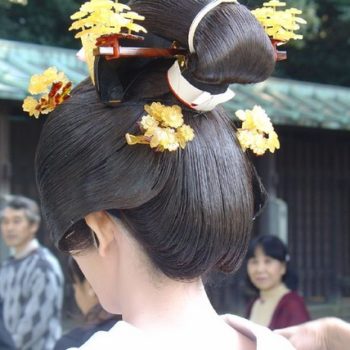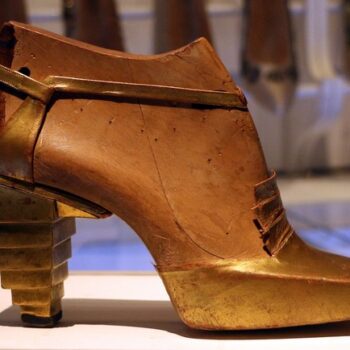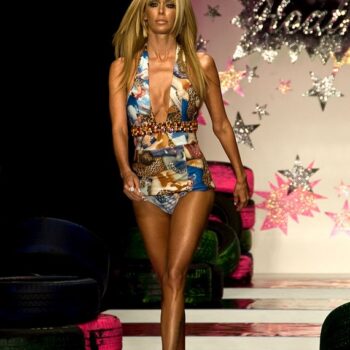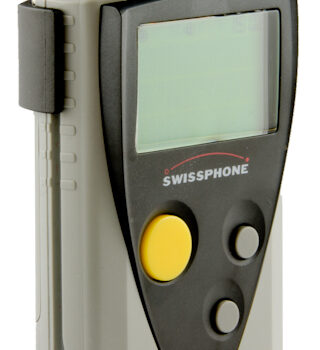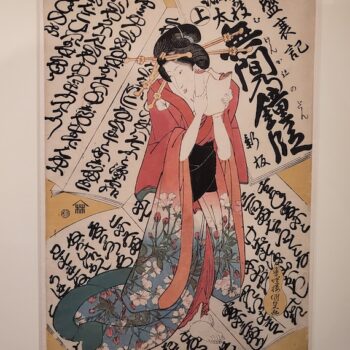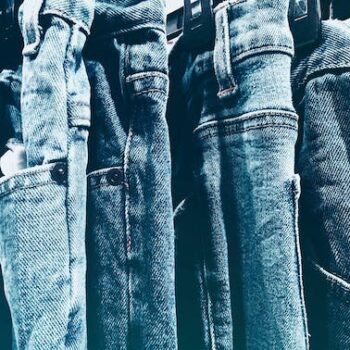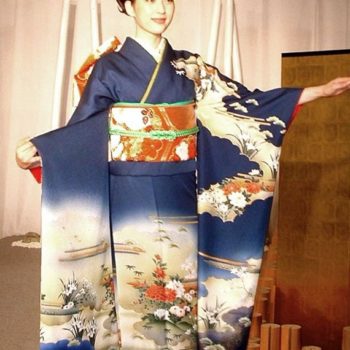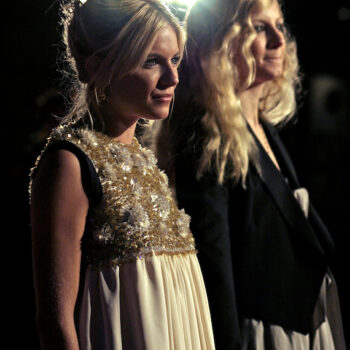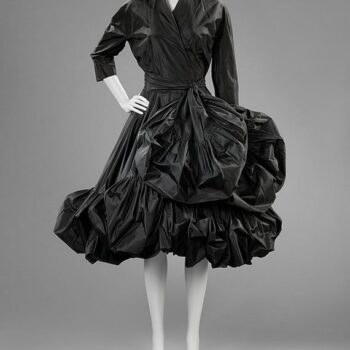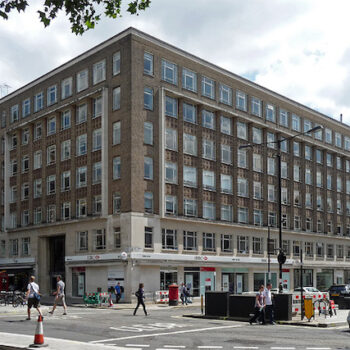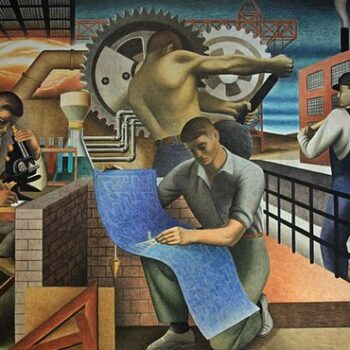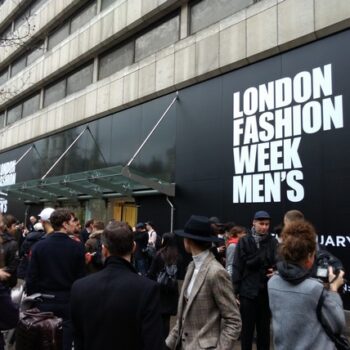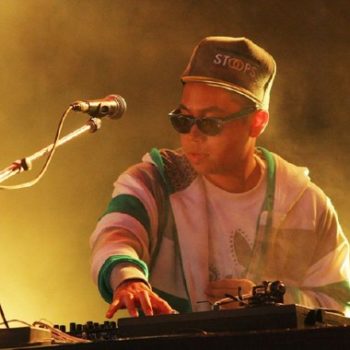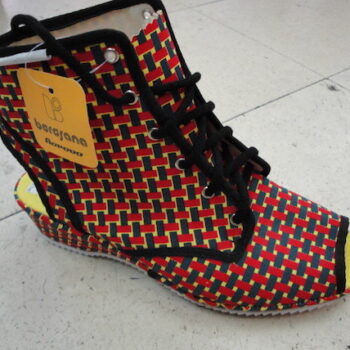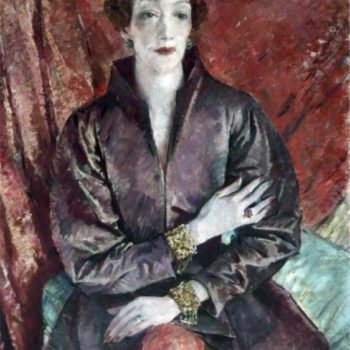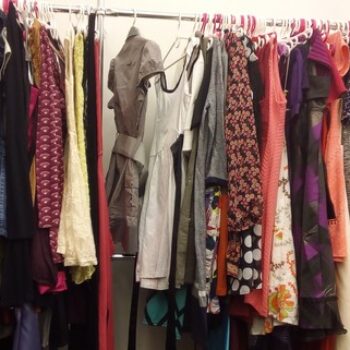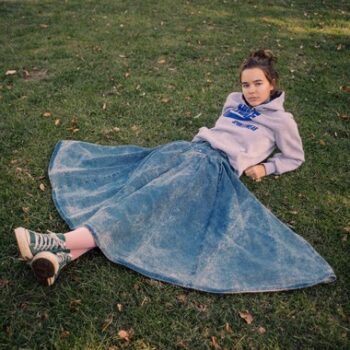Early 2000s clothing – Japanese-Parisian designer Hideki Seo
April 15, 2023Hideki Seo, the Japanese-born designer who studied Visual design at Kyoto University of Art before switching to fashion in Antwerp, exploded onto the scene with his early 2000s clothing. His fairytale aesthetic is both charming and threatening, and to be really really basic, his internship at Walter Van Beirendonck in Belgium in 2005-6 could have given him a taste for the bizarre, whilst a much longer stint as the first assistant designer for Azzedine Alaïa from 2006- until Alaïa’s death in 2017 in Paris brought the joy and immaculate craftsmanship.
Born in 1974 in Hiroshima, Japan, Hideki Seo enrolled in Visual design at Kyoto University of Art in 1994, completing his studies in 1998 before working as a graphic designer for three years. Then there was the great and successful switch. Studying fashion at the Antwerp Royal Academy Fashion Department from 2001-2005, by 2004 he was already showing at exhibitions and winning prizes. At 30 years old and with training and a career in design already behind him, it’s not that surprising that he had the jump on the other students.
Early 2000s Clothing – Graduate Collection Reviewed by Azzedine Alaïa
That year he had an exhibition at Usage Externe Deux, as a collaboration with Kart Stallaert in Brussels, and won Weekend Knack Magazine’s Laureate Prize, the Laureate Grand Prize of IFF New York’s perfume project, and the Fashion Week Brussels Grand Prize from Le Vif/L’Express Magazine.
The year after that, 2005, Azzedine Alaïa came to review the final collections of the students at the Academy. Seo met him, and later the designer got in contact to ask Seo to source Japanese fabrics for his own collections. They stayed in contact whilst Seo spent a year as an intern at Walter Van Beirendonck. When that was complete, Alaïa invited him to work for him.
In his position of first assistant, he was responsible for sketching everything from silhouettes to inventive prints, as well as studying materials and their accoutrements and being a sounding board for the designer.
First Assistant in Paris
Hideki Seo, who seems like a genuinely nice guy, had nothing but enthusiasm and respect for the late designer. He said that he continually learned from the fashion master, and looked forward to waking up in the morning and starting all over again. They often went for a drink together after a long day of work side by side. Dinner at the designer and his partner’s apartment was also a frequent occurrence.
When Azzedine Alaïa died in 2017 at the age of 82, Seo, who had worked with him right up until that moment, said: “A long time ago, on a night when we were drinking, he told me, ‘When I am a ghost, my spirit will inhabit your body.’ And I responded, ‘But Monsieur Alaïa, I’m too small.’ We laughed and laughed. Now I regret not answering, ‘Yes, please.’ Regardless, he’s eternally in my heart. I didn’t know I could cry so many tears.” (New York Times)
Night Blooming Cereus

Early 2000s clothing. Installation view from the Fairy Tale Fashion exhibition. Hideki Seo’s work is second from left. Image copyright free linked via Flckr.
It must be pretty hard to work all day for someone else and produce your own collections as well. While the contacts and respect for your position in the fashion world must surely come in handy, being able to separate your ideas, fabrics and colour schemes from the heated discussions you’ve been having all day must be tricky. Seo says it was, and he had to do “1,000 drawings” until he’d cleared his head.
He adapted to the situation by creating alone, late at night. He plays loud music through his headphones. Sometimes he has nervous nights, and nothing comes together. But sometimes it’s wonderful, and he is so full of adrenaline that he dances a silent, one-person disco whilst conceptualising. He says that these are the best moments of his life, which never happen in the daytime. ‘Night Blooming Cereus’ was named after a moment like that.
Early 2000s Clothing – Swimming in the Garment
In the early 2000s, his inspirations came from many places. He travelled to the North Pole and became fascinated by the clothing of Inuit women. Because it is so cold there, the layers they wear have a lot of space between them. This traps air and keeps it warm. So he became interested in volume. The Inuit women also include a space for their babies and young children within their clothes. It’s warm and cosy to keep them close to the body. For his graduation show he based work on this. It was called ‘.’
Seo also thinks about Japanese Manga characters. He grew up with Manga, which he views as being rooted in traditional Japanese Kabuki theatre. He was also very inspired by Kabuki itself, which, he says, taught him how to make clothes look bigger on a stage or a model’s face more expressive with makeup.
Modern Techniques
He loves the natural world too, since his first forays into early 2000s clothing. “Our lives are always changing, everywhere on our beautiful earth, [and so it is too] for animals. I respect the natural world and the newer technologies of our future. So, now, I’m working with 3D printers and fake leather.”
“Switching on Even Small Lights in our Too Dark Heart” was a piece he made in 2011 to cheer up Japanese people affected by a chain of terrible events. First there was an earthquake, then a tsunami, and then a nuclear accident. Seo made a donation but couldn’t do much more to help, being far from his native country and overrun with work for Paris Fashion Week. So he created the piece, which is in the shape of a lampshade, to make people smile.
The work may take many years to actualise, and because of this he is not super-prolific. They are made with traditional couture techniques, but also include materials like foam rubber to create sculptural shapes that are not too heavy to wear. He now views the work as more art than fashion. In fact, his pieces have been exhibited and toured numerous times.
“Through these works, I am considering the boundaries of art. My concept is focused on life and death, and how differences between cultures and languages inform art.” (Document Journal)
Fashion trends in 2000s fashion also included the studded belt, platform flip flops, tube top, tank tops, crop tops, cargo pants, velour tracksuits, juicy couture tracksuits, and a belly button piercing displayed over your low rise jeans, or low waisted denim skirts. Bonus points for wearing a dress over jeans on the red carpet. Think Britney Spears in the early aughts.



